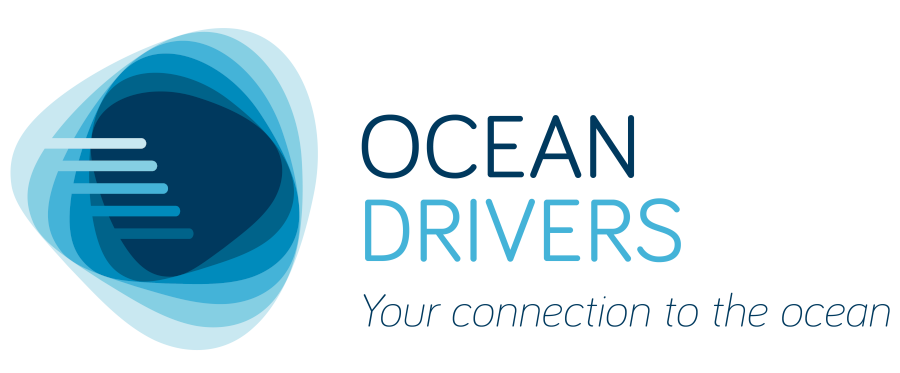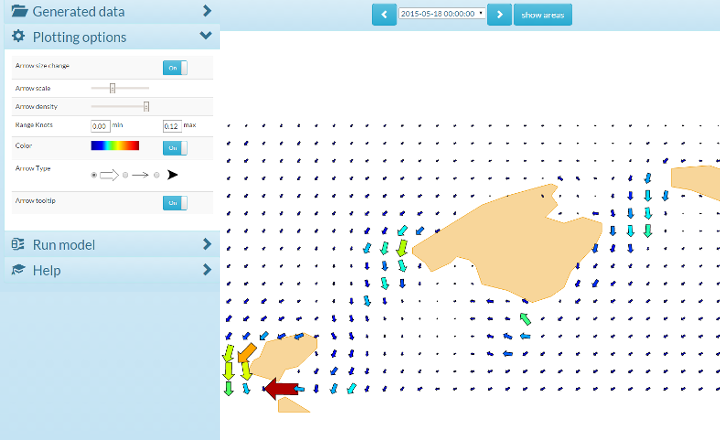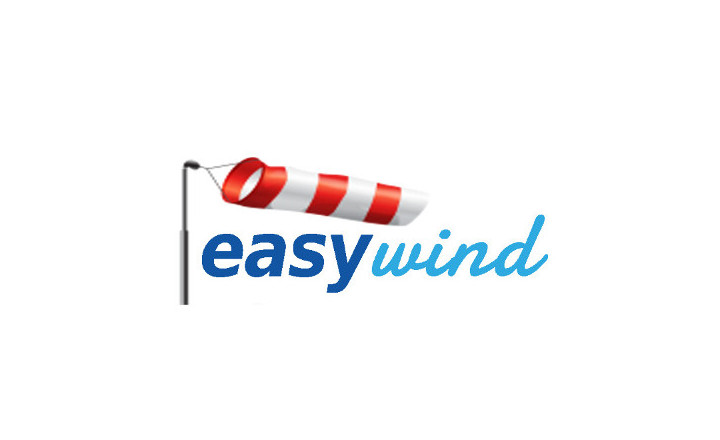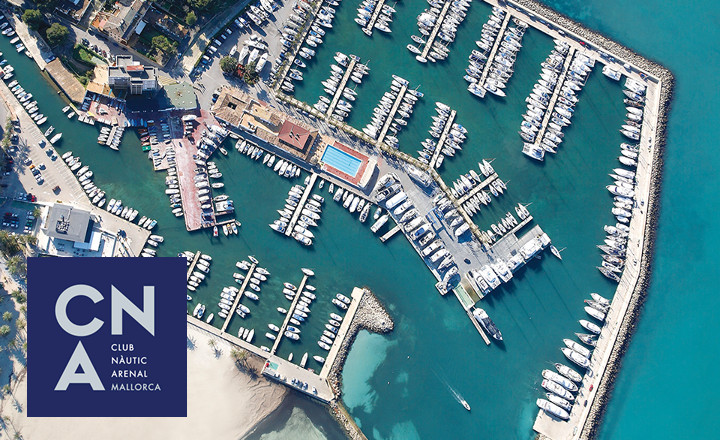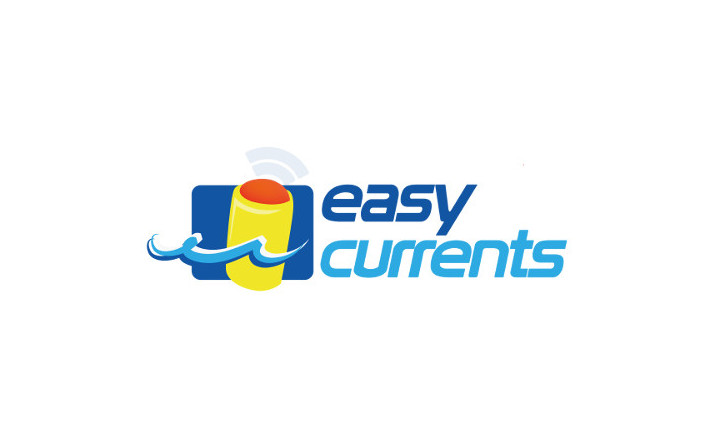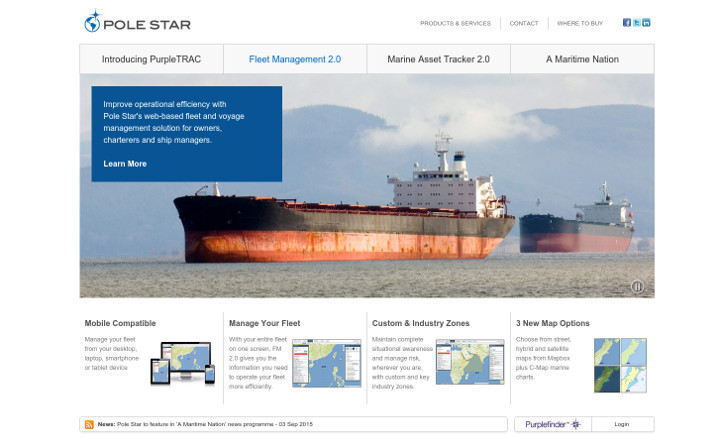Project Description
OceanDrivers is implementing a full restful API that will allow users to access tidal predictions all around the word. OceanDrivers is implementing the software and architecture to produce this information in any system (windows,mac,linux) without need of internet connection and also making it available throw a web server to incorporate it into other softwares.
It is increasingly recognised that routing efficiency savings can be made in coastal/shelf seas as well as in the ocean. The main factor influencing coastal routing in many parts of the world is the tidal current. The existing knowledge about tidal currents, and their variation, available for integration into commercial shipping management systems, is extremely limited consisting of sparsely scattered tidal diamonds. Observations of tidal currents are more difficult to make than tidal heights, which are generally made at the coast and in ports, because, by nature, the currents are offshore and they have greater spatial variability. The sparse nature of available tidal current information makes it difficult to integrate into shore-based or on-board management systems and is of questionable value.
Tides, driven by gravitational forces associated with planetary movements, particularly the Moon and the Sun, are inherently predictable, both forwards and backwards in time. Tidal height predictions at ports are produced by combining components (known as harmonic constituents) associated with these movements which are derived from long time series of observed heights (typically 1 year). These components, once derived, can be used for any time and, commonly, tidal height predictions are available a year, or years, ahead. Similar predictions can be made for tidal currents if the harmonic constituents are known. It is not practical to collect sufficient in-situ observations everywhere in coastal seas to provide these constituents. Hydrodynamic models are the answer. Hydrodynamic models can be used to create tidal stream atlases which resolve the spatial variability inherent in coastal seas thereby providing the density of tidal stream information of use to management systems.
Tidetech recognises this deficiency in ocean information and has identified a business opportunity to deliver a world-wide tidal current prediction package – TideBase – to meet requirements of commercial shipping. TideBase can be used for complementing trans-ocean voyages or for short sea shipping; it can be used on a voyage-by-voyage basis or for long term forward planning, or for analysis of past voyages.
The TideBase tidal current prediction package has the following features:
- it covers the areas of the entire globe where tides are important
- it contains tidal data at appropriate resolution, region by region
- predictions can be future or historical, gridded or at a single point
- it is platform independent, will run on any of the major computer operating systems (Windows, Unix/Linux, Mac)
- it has an API for machine-to-machine functionality
- it has a GUI for human interaction
- it offers a number of output options
- it is validated against available observations.
Project Details
| Date | November 2014 – Ongoing |
| Client | Tidetech |
